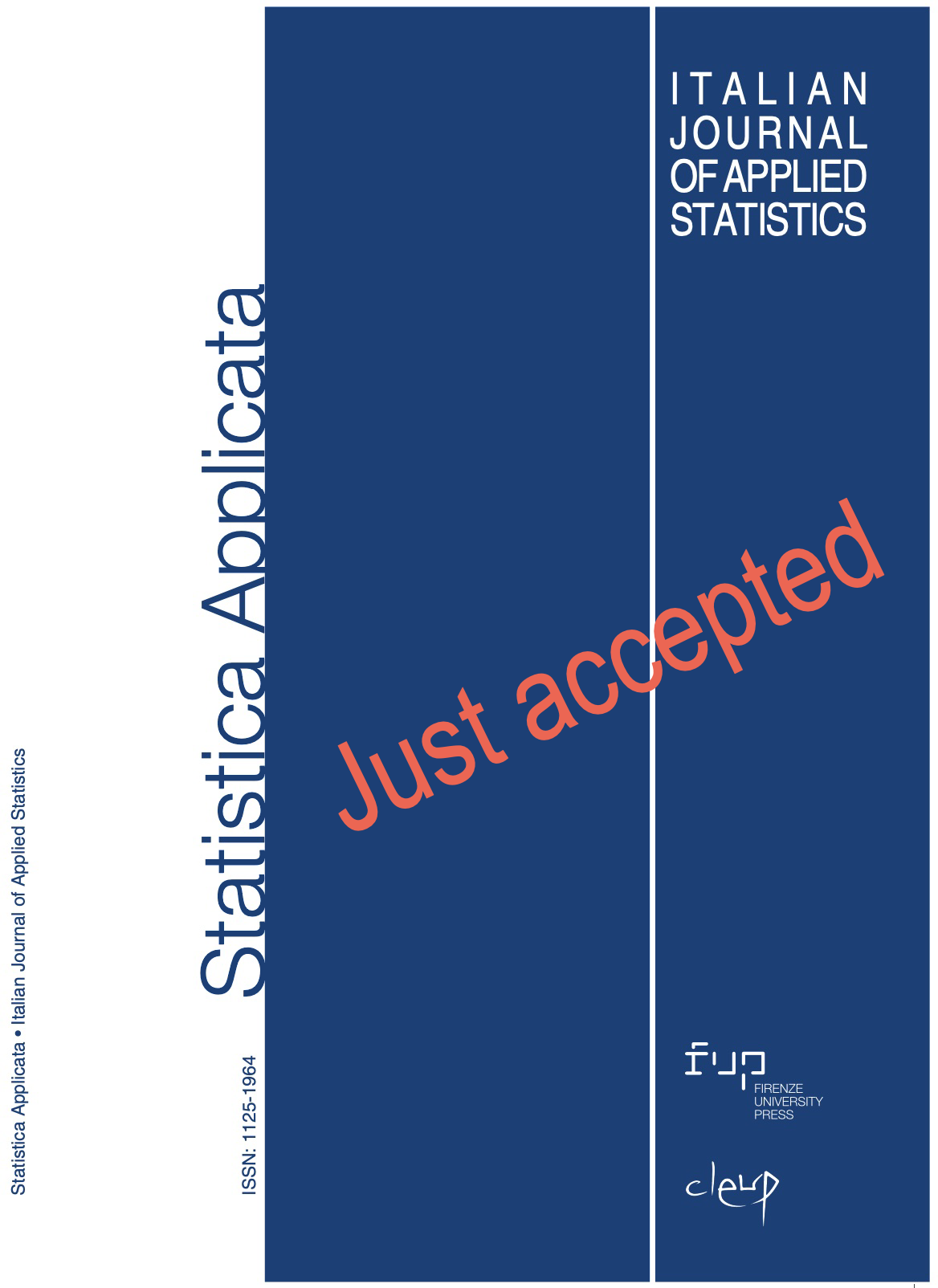Published 2024-12-21
Keywords
- ANOVA,
- Aggregated data,
- European football,
- Key performance indicators,
- Profiles
How to Cite
Copyright (c) 2024 Ravi Ramcharitar, Brendon Bhagwandeen, Asad Mohammed, Isaac Dialsingh

This work is licensed under a Creative Commons Attribution 4.0 International License.
Abstract
The appetite for European football has been in continuous increase over the last decade with resulting debates about league supremacy. The purpose of this investigation was to compare the top five European football leagues using aggregated seasonal match data from the Premier League, Bundesliga, La Liga, Serie A and Ligue 1, over nine complete seasons from 2009-2010 to 2017-2018. Multivariate analysis of variance and profile analysis with subsequent univariate tests and post-hoc multiple comparison procedures were carried out on 15 football match performance indicators. It was observed that the Bundesliga had significantly higher averages than Ligue 1 in offensive, defensive and physical profiles. The Premier League averaged more aerial duels than Ligue 1, La Liga, and Serie A but a lower number of tackles and fouls committed. The Premier League had the highest average shots per game and was outperformed only by the Bundesliga in the other offensive metrics. Overall, the study yielded results that may find utility in further comparative football research to understand the differences in attribute profiles across leagues and serve as a basis for insights into the contrasting performances of teams from the respective leagues in European club competitions.

